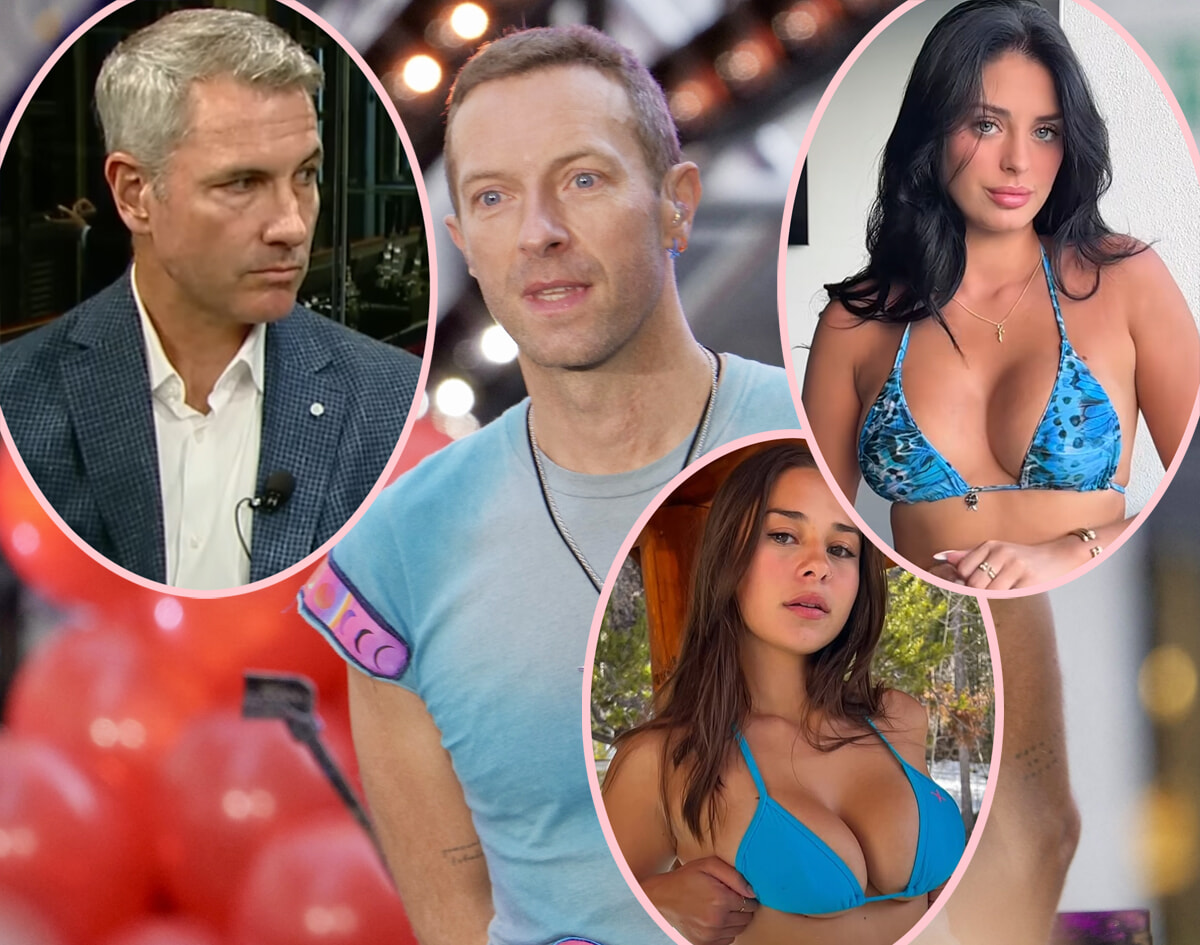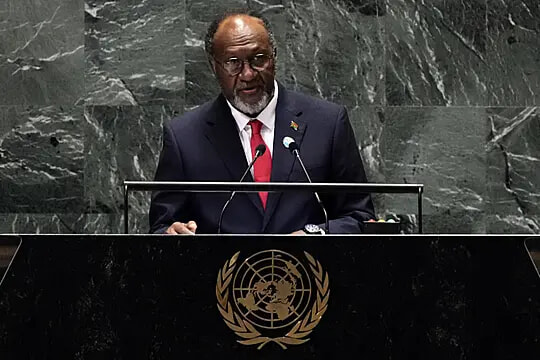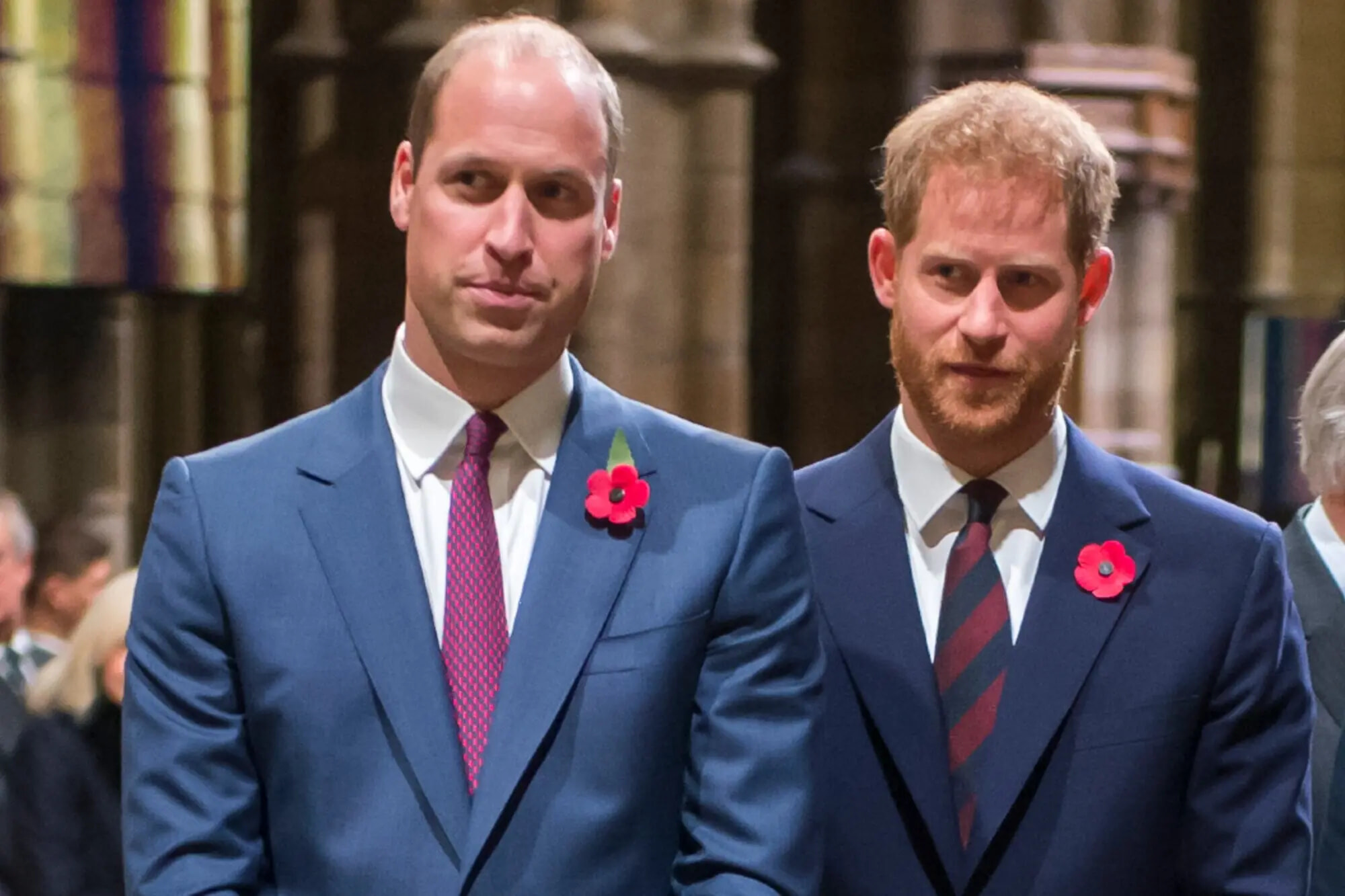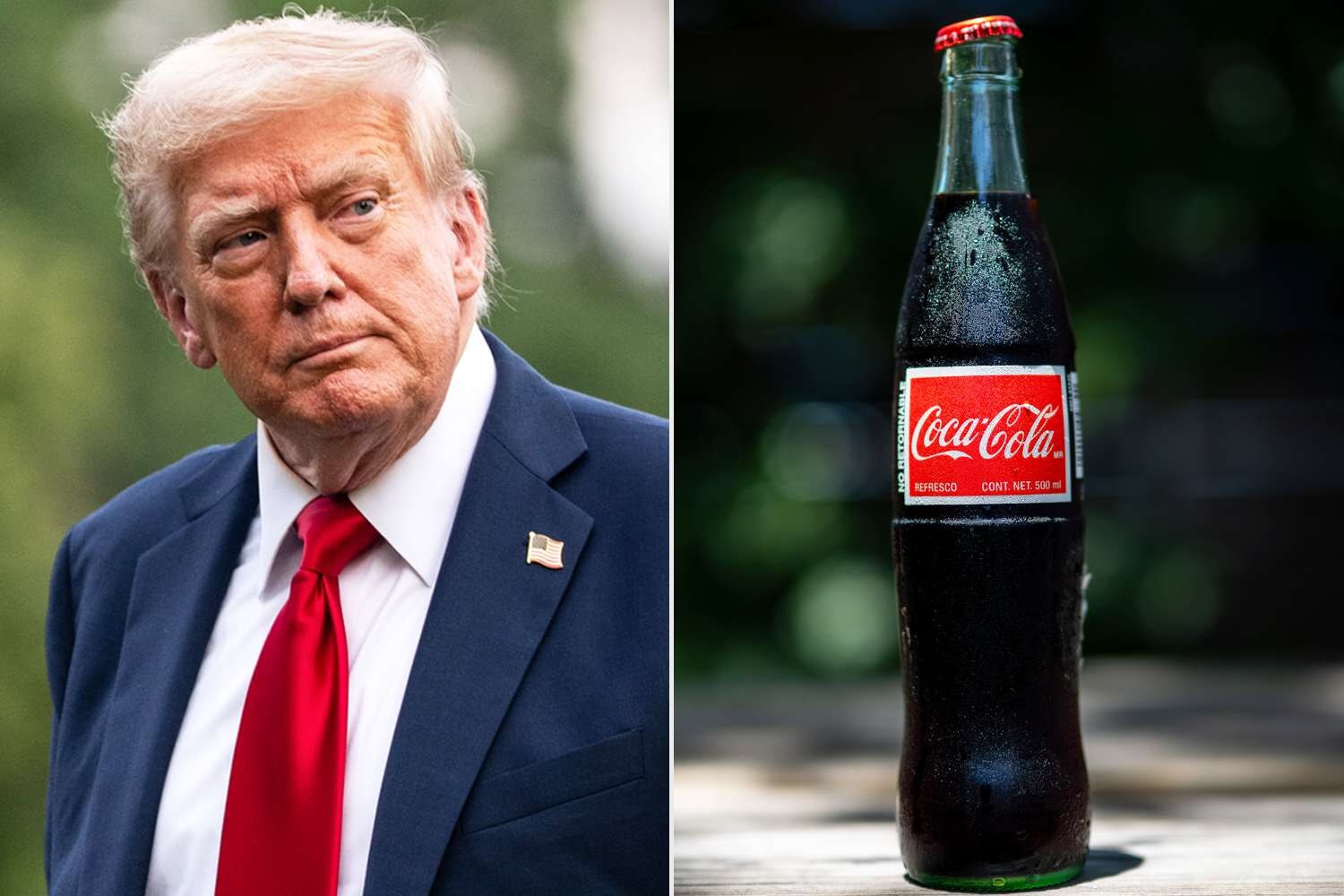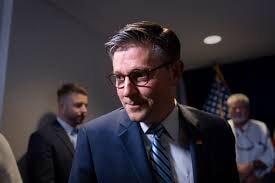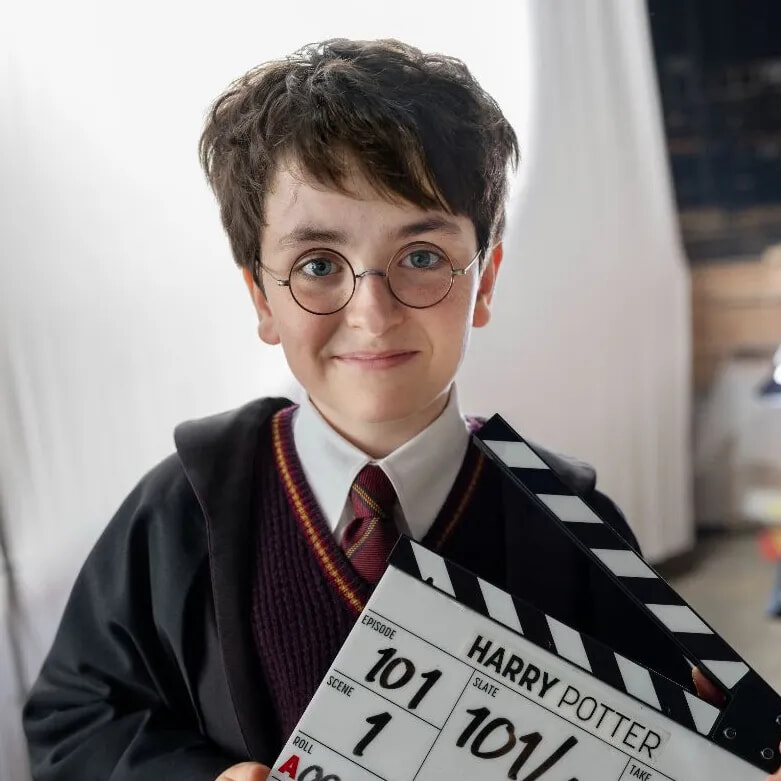
HBO's Harry Potter Show Builds a School for Child Actors to Attend for the Next 10 Years
That's dedication.
Published July 29, 2025
Advertisement
Advertisement
1. The Next Great Sorting
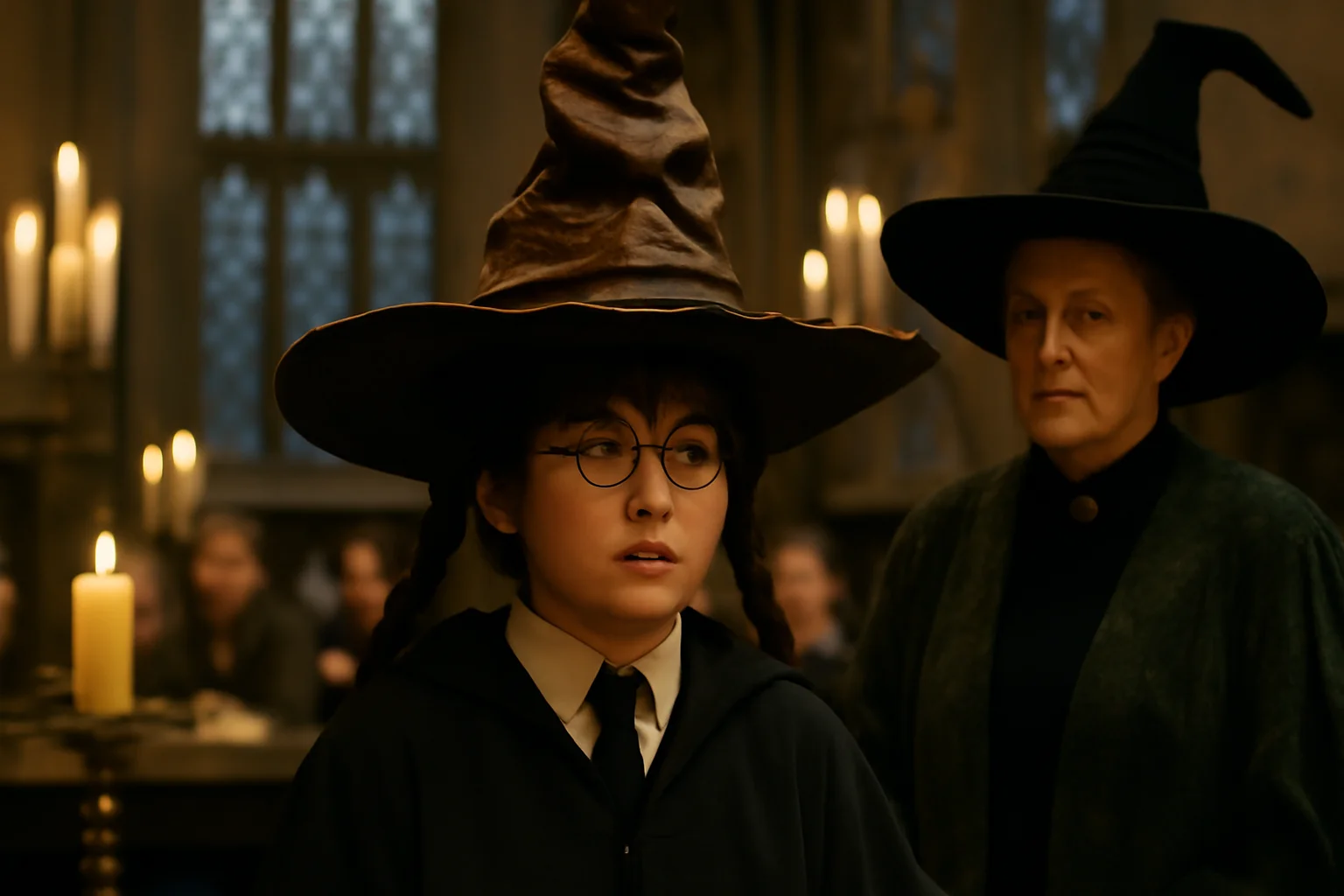
For more than two decades, the world has witnessed the enduring enchantment of Harry Potter, a saga that cast its spell on global audiences, built empires at the box office, and turned a trio of child actors into household names.Yet in 2025, a seismic shift rumbled through the entertainment landscape as Warner Bros. Discovery and HBO announced their boldest magic trick yet: a complete television reimagining of the seven beloved books, set to unfurl over the next ten years.The move wasn’t born out of nostalgia alone—it was a calculated response to a changing media ecosystem, with streaming giants clamoring for recognizable, binge-worthy intellectual property to anchor their platforms.The original films left a trove of untapped details from J.K. Rowling’s text, sparking endless debates about book accuracy and on-screen omissions, and the new series promised to dig deeper, exploring those overlooked corridors of Hogwarts and its surrounding world.Announced with fanfare at industry events, the project brought together showrunner Francesca Gardiner and director Mark Mylod, the creative minds behind “Succession,” promising a darker, richer tapestry woven with British sensibility and cinematic scope.The company’s leadership made it clear: Harry Potter would be handled with unprecedented care, faithfulness, and scale—every season a book, every detail pored over, every dollar justified in pursuit of magic at “House of the Dragon” levels or beyond.Casting became a global hunt, with more than 32,000 children auditioning for the chance to embody the next generation’s Harry, Ron, and Hermione, each required to be on the cusp of adolescence, ready to grow with their roles over a decade of storytelling.Rumors swirled over returning faces, but Warner Bros. declared the intention was to build something new, even as they kept J.K. Rowling as an executive producer to guarantee both authenticity and brand protection.Industry observers, fans, and critics watched warily as the most recognizable world in children’s literature faced its greatest trial: could a TV series truly conjure fresh magic without sacrificing the original’s soul?The stakes were clear, the clock ticking, and as cameras rolled in the legendary Leavesden Studios, the fate of the next magical generation—and billions in future revenue—hung in the balance.This was no simple reboot, but the beginning of a decade-long cultural experiment that would test the limits of nostalgia, loyalty, and the enduring power of story.
Advertisement
2. Building Hogwarts Brick by Brick
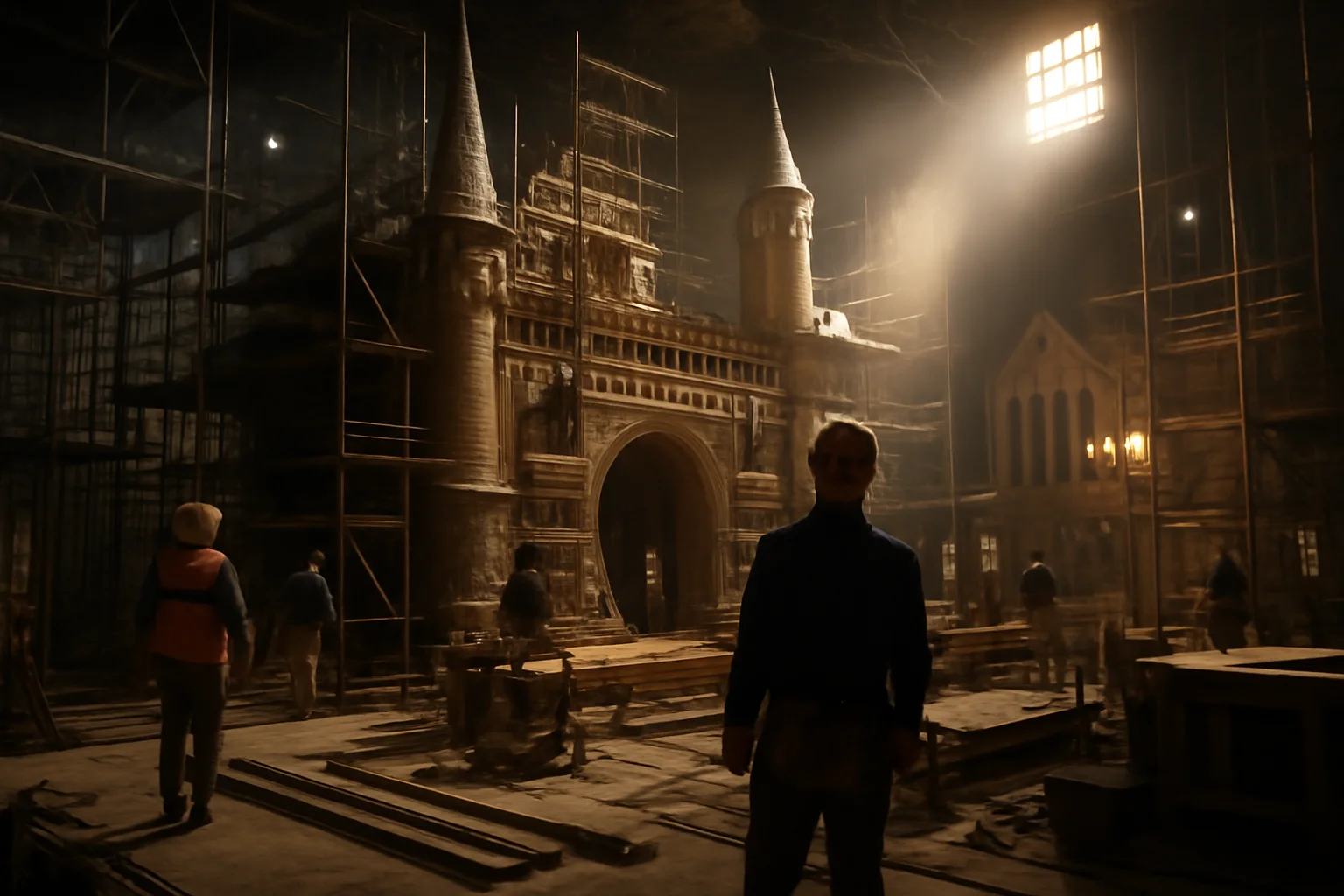
Leavesden Studios, once a sleepy corner of Hertfordshire, had long been the beating heart of cinematic magic, its hangars transformed into the hallowed halls of Hogwarts for the original film franchise.As 2025 dawned, its soundstages again crackled with energy, scaffolding rose, and the unmistakable scent of sawdust mixed with anticipation; a new era was beginning, not just for fans, but for the British film industry itself.The physical transformation of Leavesden was unprecedented: set decorators recreated the moving staircases, ancient classrooms, and shadowy dungeons with fanatical attention to detail, while designers obsessed over every candle, quill, and cauldron.The production’s footprint was immense, requiring the construction of not only elaborate sets but also supporting infrastructure—a miniature city within a city, humming with life, logistics, and secrecy.Unlike the movies, where child actors juggled brief shoots with traditional schooling, the new series demanded a different solution: these young performers would spend entire years on set, sometimes for twelve-hour days, in order to capture the slow maturation at the heart of Rowling’s epic.Three Rivers District Council granted Warner Bros. a decade-long permit to build a sprawling, fully functional school on studio grounds—an audacious nod to both child welfare and production efficiency.Portable classrooms sprung up between soundstages, designed to handle as many as 600 pupils for crowd scenes but serving around 150 most days, with lessons tailored to squeeze between reshoots, night shoots, and location work.School bells now rang alongside calls for “Quiet on set!” as tutors, chaperones, and welfare officers navigated the complex legal and emotional terrain of educating a new generation of child stars without ever letting them leave the magical bubble.Planners described this arrangement as vital to maintaining creative momentum and cost control, ensuring that missed lessons or travel never slowed the relentless grind of TV production.This unusual academic experiment, approved for a maximum of ten years, had already begun by the time public records were filed—a testament to the scale and secrecy surrounding the project.The legacy of Leavesden was once again being written, not in ink, but in blueprints, class schedules, and the dreams of hundreds of hopeful children learning their lines and their fractions side by side.
Advertisement
3. Choosing the Next Chosen One
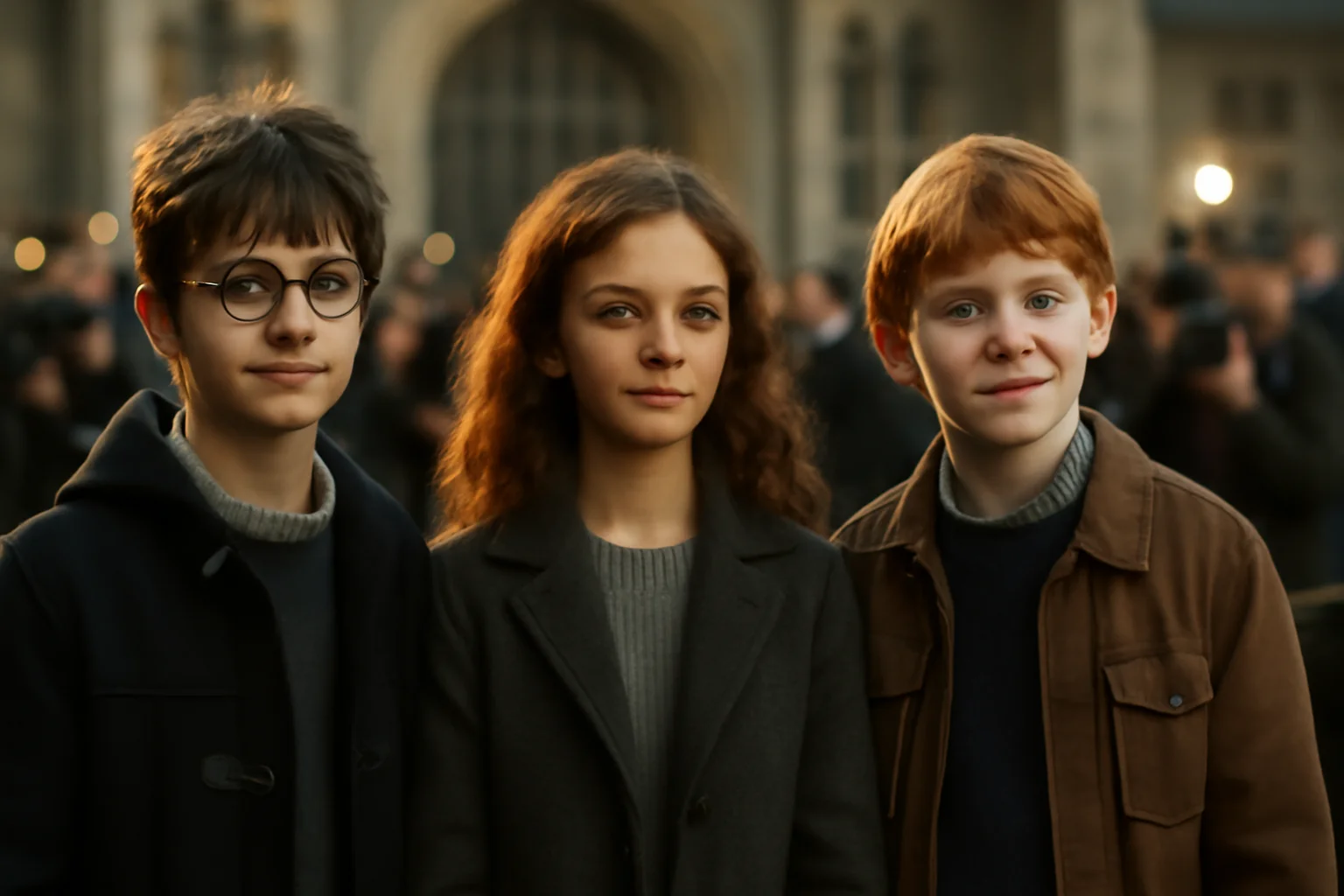
With the promise of a decade-long odyssey before them, Warner Bros. embarked on one of the most ambitious casting searches in television history, opening the doors to tens of thousands of aspiring witches and wizards.Over 32,000 young actors, some barely taller than their wands, answered the call to audition for the iconic roles of Harry Potter, Hermione Granger, and Ron Weasley, as the studio pledged to find faces both fresh and true to the spirit of the books.It wasn’t just about looks—showrunner Francesca Gardiner and her team sought natural charisma, emotional depth, and a resilience that could withstand a childhood spent under the world’s most intense spotlight.Dominic McLaughlin, an 11-year-old Scottish newcomer, emerged as the next Harry, joined by Alastair Stout as Ron and Arabella Stanton as Hermione, each chosen for their uncanny blend of innocence, vulnerability, and fire.The process was relentless and exacting, with callbacks, chemistry reads, and even consultations with tutors and psychologists to ensure the children could handle both fame and the peculiar rigors of on-set schooling.Supporting roles were cast with similar care: Lox Pratt as Draco Malfoy, Alessia Leoni as Parvati Patil, Leo Earley as Seamus Finnigan, Rory Wilmot as Neville Longbottom, Amos Kitson as Dudley Dursley, and a slate of adult veterans including John Lithgow as Dumbledore and Janet McTeer as McGonagall.Notably, the series took a public stand on diversity, inviting qualified performers of all backgrounds to audition and making clear that the new Hogwarts would reflect a broader world, without regard for ethnicity, gender identity, or disability.The stakes for the chosen actors were high: not just a chance at stardom, but the weight of legacy, the burden of fan expectations, and the isolation of a decade spent growing up on set.Rumors flew about possible cameos from the original film cast, but both Daniel Radcliffe and studio officials signaled a clean break—the old torch would be passed only in spirit, not in story.The final lineup reflected both reverence for tradition and an eye toward the future, as fans scrutinized every announcement for hints of how the new faces would honor, reinvent, or challenge their cinematic predecessors.As production ramped up, these children—suddenly at the center of the world’s gaze—were about to discover firsthand the rewards and dangers of stepping into another’s myth.
Advertisement
4. Inside the Writers’ Room
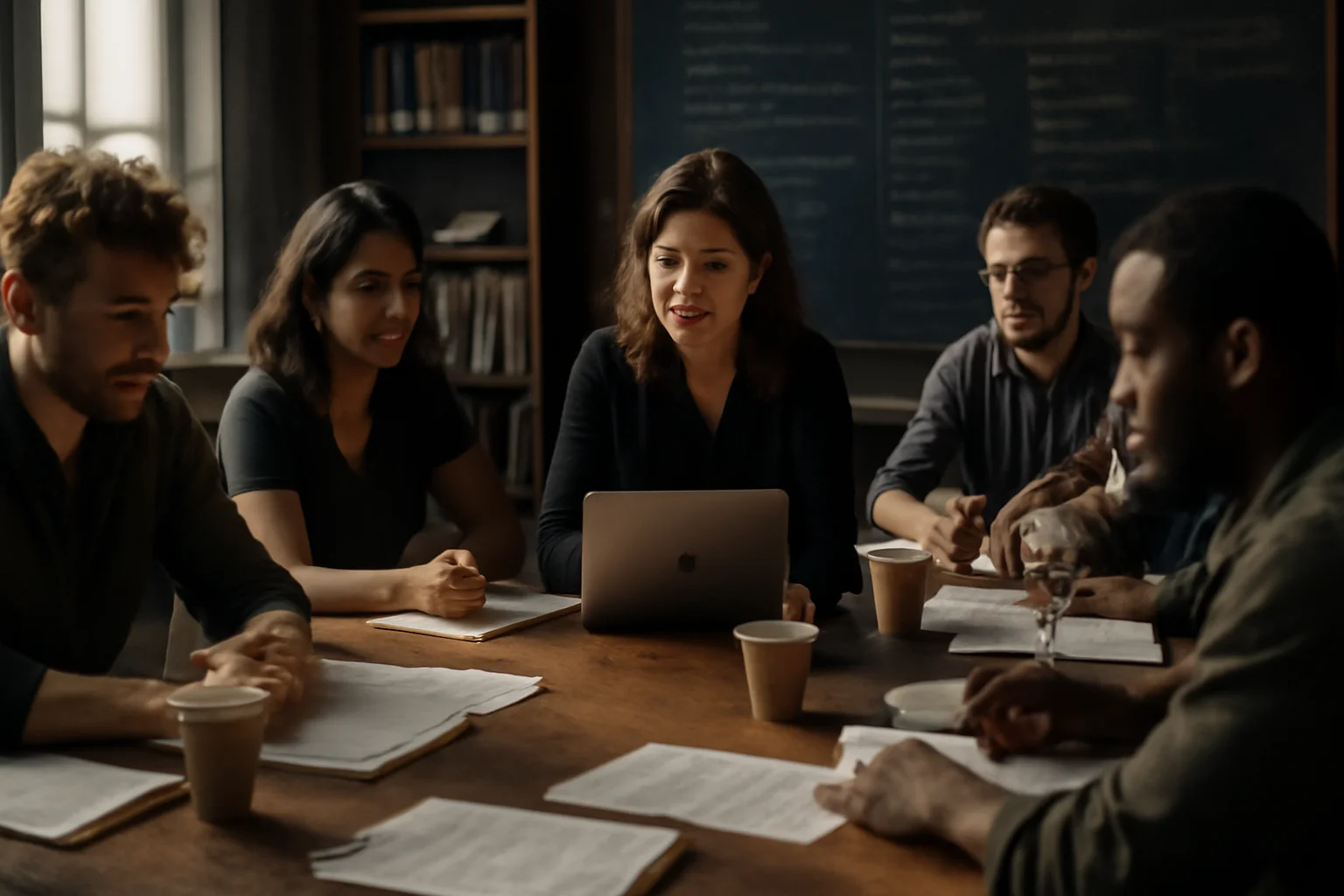
Beneath the spectacle, a different kind of magic was being woven in hushed meetings, Zoom calls, and endless script revisions: the challenge of adapting Rowling’s sprawling, intricate books for television without losing their heart.Showrunner Francesca Gardiner, acclaimed for her work on “Succession,” marshaled a writers’ room packed with seasoned talent, including “Killing Eve” scribe Laura Neal, tasked with balancing fidelity to the source with the demands of episodic drama.The creative brief was ambitious: each of the seven books would be granted an entire season, affording space to explore overlooked characters, nuanced subplots, and magical lore excised from the films.Pressure came from every direction—Warner Bros. demanded global appeal and high production value; HBO insisted on layered, character-driven storytelling; Rowling herself retained veto power and insisted on creative control as executive producer.Every script became a battleground: how much darkness could be shown? Should the series embrace modern themes? Could it satisfy both purists and a new generation unmoored from 1990s nostalgia?Tensions simmered as details leaked—debates over race-blind casting, faithfulness to book dialogue, and the inclusion of characters and creatures omitted from the films ignited fevered discussion among fans and media.The series’ promise to be a “faithful adaptation” came under constant scrutiny, particularly as the cultural climate surrounding Rowling’s personal controversies threatened to eclipse the work itself.Writers walked a fine line, laboring to remain true to the spirit of acceptance, friendship, and courage that defined the original, while updating its world for a more diverse, complex, and often divided audience.Meanwhile, technical teams—some recruited from blockbuster franchises—pushed the limits of special effects, costuming, and world-building, determined to conjure a Hogwarts more immersive than ever before.The result, insiders said, was an atmosphere as electric as it was fraught—a series where every creative decision carried the weight of legacy, commerce, and cultural change.When the first table reads commenced, there was a collective recognition: the true magic of Harry Potter was never just in spells, but in the relentless, collaborative work behind the scenes.
Advertisement
5. Why Hogwarts Needed a Real School
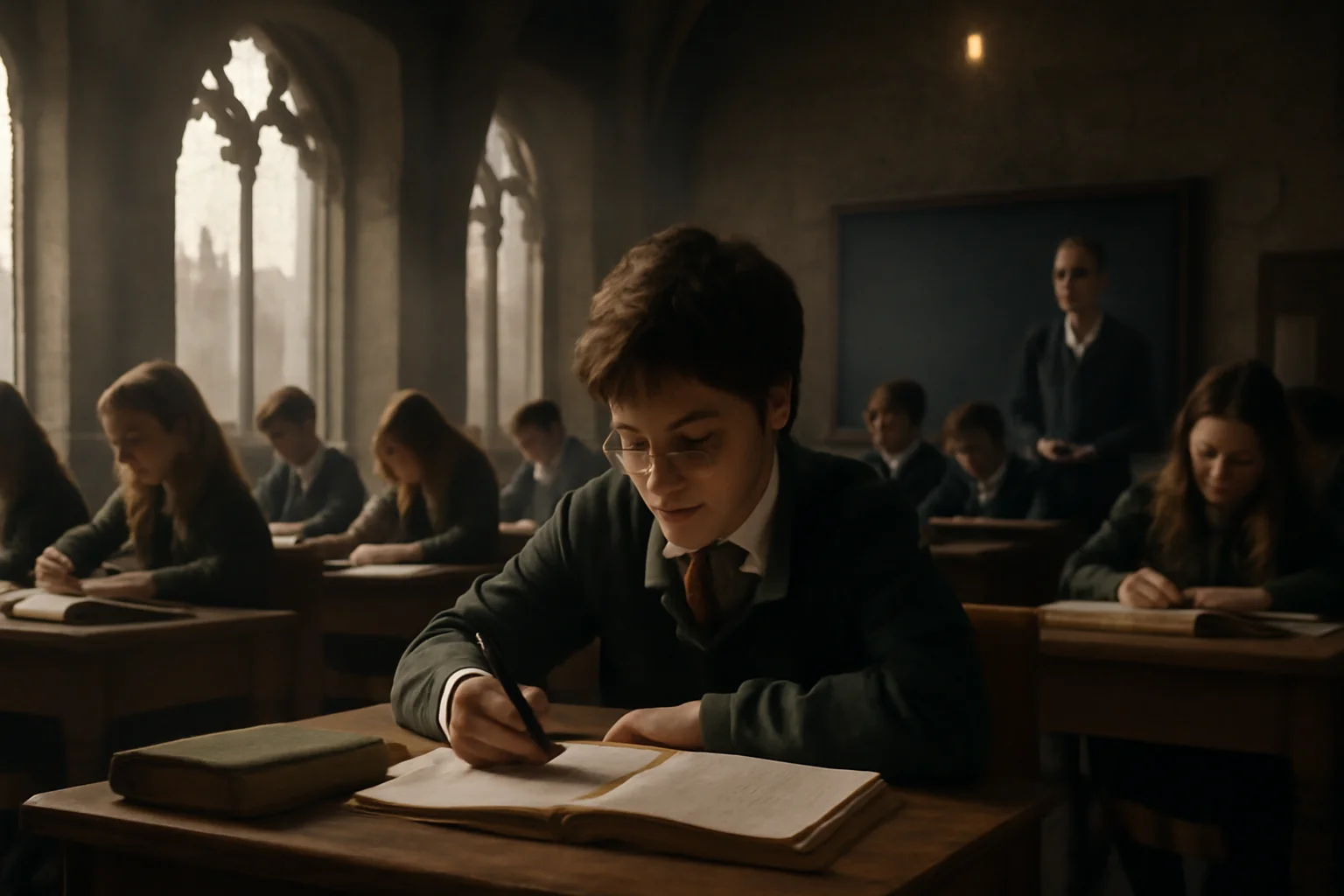
It was only as the press descended and rumors swirled that the full reason behind the on-set school became clear—a revelation that reshaped how audiences saw the next chapter of Harry Potter’s journey.Unlike any previous production, HBO’s decade-long commitment meant child actors would spend their formative years inside the world of Hogwarts, with little time for conventional classrooms or normal childhood milestones.Three Rivers District Council’s approval of a ten-year, on-site school was no mere logistical convenience; it was the linchpin in a strategy to protect children from both academic failure and the psychological hazards of fame.This unique facility was equipped to educate up to 600 young people during crowd scenes—extras, featured students, even siblings of cast—all under the watchful eye of both professional educators and welfare officers.Classes ran from the crack of dawn until late evening, designed to flex around a shooting schedule that would otherwise disrupt lessons, friendships, and family life.For the chosen few, it meant a strange duality: reciting spells one moment, tackling math problems the next, as the boundary between reality and fiction blurred under studio lights.Tutors adapted national curricula, offering not just basic subjects but also counseling and guidance on the challenges of public scrutiny, peer relationships, and performance anxiety.The school became a sanctuary from the outside world—a space where celebrity was checked at the door, and where even Harry Potter had to finish his homework.Public records revealed that construction of this educational haven had begun before most people even knew it existed, a testament to the meticulous planning and secrecy that shrouded the project.Industry observers praised the move as a model for future productions involving minors, while others wondered what it meant for the mental health and social development of young stars spending so long in a bubble.The lesson was unmistakable: to conjure magic for the screen, Hollywood had to create its own version of Hogwarts—one that taught not just potions and spells, but resilience, humility, and hope.
Advertisement
6. Old Powers, New Faces
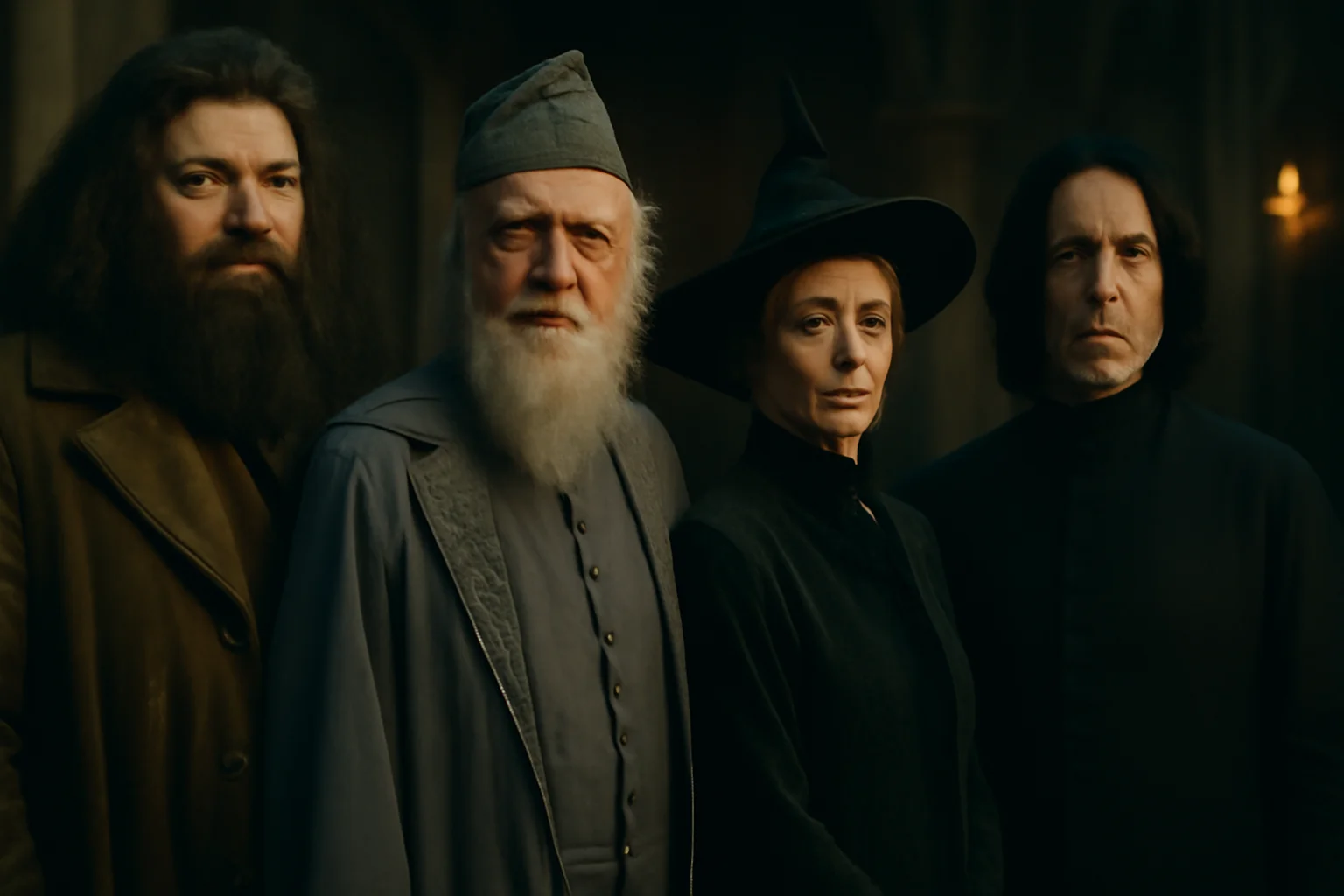
If the search for the next Harry, Ron, and Hermione drew global headlines, the selection of the adult cast set the industry abuzz, as legendary British actors signed on to mentor, challenge, and haunt the new generation.John Lithgow’s casting as Albus Dumbledore made waves across continents, his presence signaling gravitas and wisdom, a North American star with a British soul ready to step into the robes of Hogwarts’ most enigmatic headmaster.Janet McTeer, acclaimed for her commanding presence and emotional range, assumed the mantle of Minerva McGonagall, poised to balance stern discipline with maternal warmth as the backbone of Gryffindor House.Paapa Essiedu, known for his riveting work in “I May Destroy You,” accepted the daunting role of Severus Snape—a character defined by shadow and complexity, forever caught between villainy and secret loyalty.Nick Frost, beloved for his comedic turns, donned the giant boots of Rubeus Hagrid, charged with imbuing the half-giant’s gentle heart with both humor and pathos for a new era.Supporting wizards and witches filled out the tapestry: Bertie Carvel as Cornelius Fudge, Lox Pratt as Draco Malfoy, Johnny Flynn as Lucius Malfoy, Bel Powley as Petunia Dursley, and Daniel Rigby as Vernon Dursley.This ensemble, drawn from the upper echelons of British theater and film, ensured that every corridor of Hogwarts would echo with talent, tradition, and a fresh sense of possibility.The choices reflected a deliberate mix of reverence for the source and risk-taking—some roles were cast against type, others chosen for their uncanny resemblance to the characters etched in readers’ memories.Insiders hinted at tough negotiations, last-minute changes, and even surprise additions, as Warner Bros. balanced star power with the need for actors who could endure a ten-year shoot.Every new announcement set fandom ablaze with speculation: would Lithgow’s Dumbledore channel the gentle gravitas of Richard Harris, or the brisk energy of Michael Gambon? How would McTeer’s McGonagall redefine the iconic character for a generation unacquainted with Maggie Smith?In a world where every choice could spark outrage or joy, one thing was certain: the adult cast, like their youthful counterparts, would be living under the microscope, carrying both the hopes and anxieties of millions.
Advertisement
7. Navigating the Rowling Question
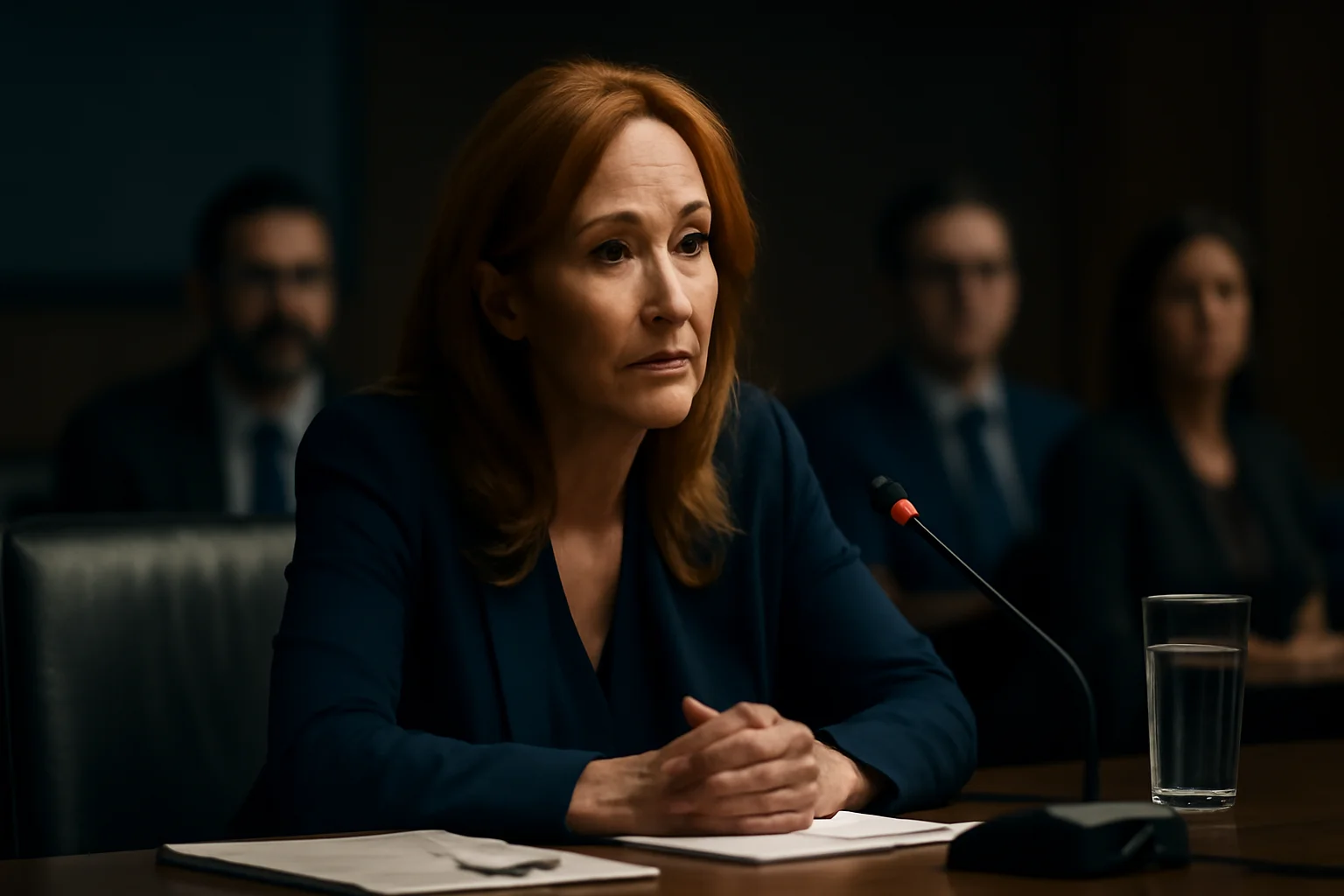
No conversation about the new Harry Potter series could ignore the shadow of J.K. Rowling herself—a figure at once beloved for her creation and embroiled in relentless cultural debate.Her role as executive producer was never in doubt; the author retained ironclad creative control, insisting on script approval and a seat at the table for all major decisions regarding the world she built.Statements from Rowling and HBO leadership affirmed their mutual commitment to “preserving the integrity” of the books, promising a level of depth and detail only a long-form television adaptation could provide.But Rowling’s outspoken views on gender identity, women’s rights, and the culture wars swirling through Britain and beyond cast a long shadow, fueling fierce debates among fans, cast, and media.Some original film stars, including Daniel Radcliffe and Emma Watson, publicly distanced themselves, voicing support for trans rights and cautioning against reducing the legacy of Harry Potter to a single viewpoint.HBO executives, careful to keep focus on the show itself, deflected questions about the author’s controversies, emphasizing that the core of the story remained one of love, self-acceptance, and courage in the face of adversity.Still, the tension was palpable, with every script revision, casting decision, and public statement measured not just for artistic merit, but for social and political implications.Rowling herself claimed she was pleased with the scripts—tweeting effusive praise for the first episodes—yet left the heavy lifting to her collaborators, confident that her universe would remain intact.For audiences, the question became unavoidable: could the show honor the books’ messages of acceptance and friendship, even as the author’s personal views sparked division?As cameras rolled, the creative team faced a daunting task—to tell a story about magic and unity without being consumed by the real-world storms raging outside the studio gates.In the end, the power of the narrative, and the response from a global fan base, would determine whether this new Hogwarts could transcend its controversies or be defined by them.
Advertisement
8. The Business of Magic
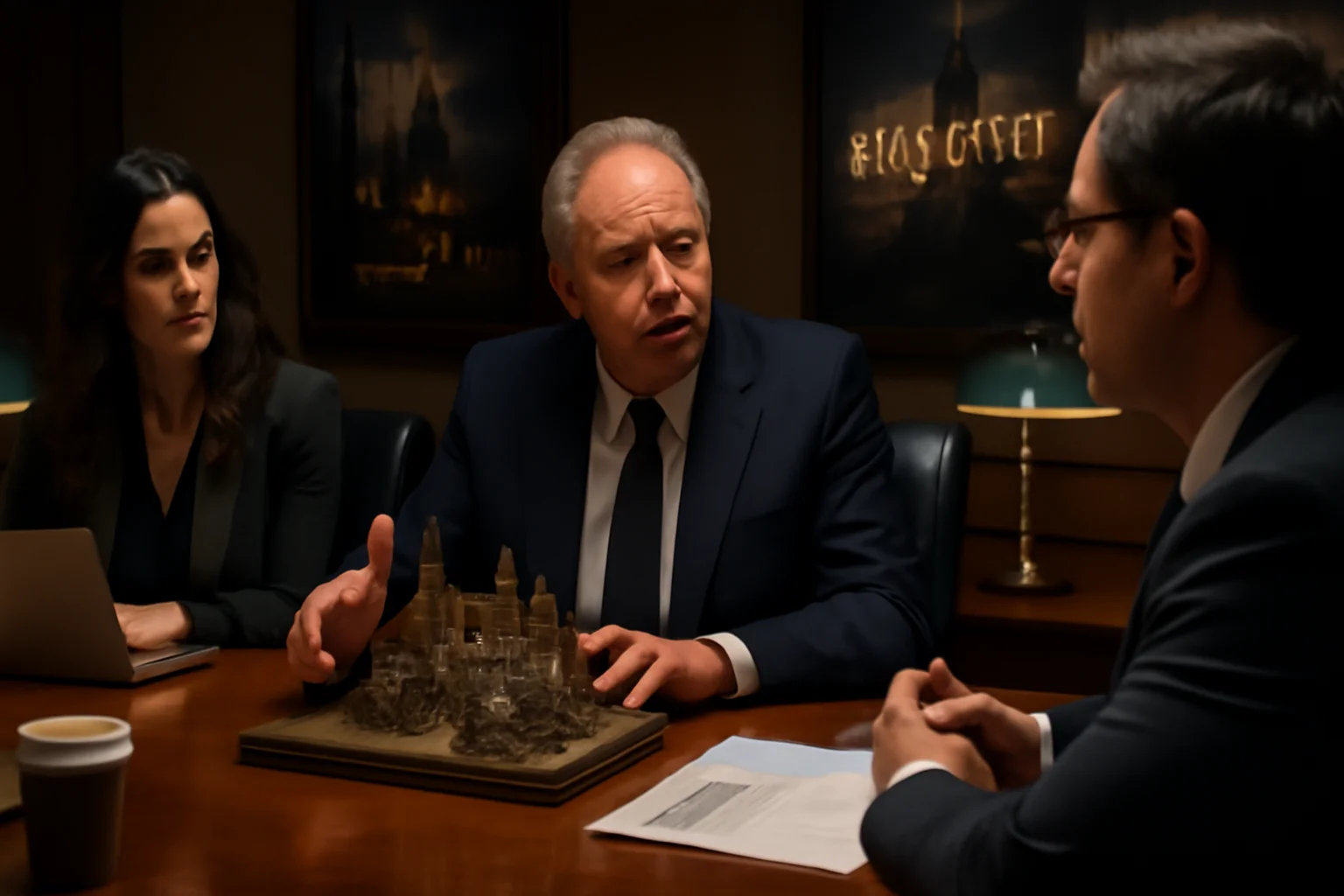
Behind the scenes, the new Harry Potter series was more than just a creative gamble—it was a colossal financial undertaking, poised to redefine the economics of modern television.Executives at Warner Bros. Discovery, eager to reinvigorate both their streaming and linear brands, spared no expense, with budgets rivaling and possibly surpassing those of “House of the Dragon” and other prestige franchises.Production costs soared toward $200 million per season, fueled by elaborate sets, cutting-edge effects, sprawling casts, and the logistical challenges of a school-within-a-studio.Marketing campaigns stretched across continents, leveraging nostalgia, celebrity endorsements, and exclusive first looks to whip up anticipation long before a single frame aired.Streaming strategy became a battleground: Max (the platform formerly known as HBO Max) secured the first window, with cable subscribers and international partners like Crave in Canada also gaining access.For Warner Bros., the stakes were existential; after years of relative inactivity with their “big three” properties—Potter, Lord of the Rings, and DC—they were betting the farm on a return to franchise dominance.Even as the Fantastic Beasts films faltered, the enduring popularity of the books and the Hogwarts Legacy video game suggested a massive, multi-generational audience still hungry for magic.Licensing deals, merchandising, and possible spin-offs (some rumored, some already in development) promised additional streams of revenue, even as the studio remained vigilant to avoid overexposure.From video games to theme parks to social media campaigns, the new series was designed as the anchor for a decade of Potter-themed content, products, and experiences.For all its spectacle, the show’s ultimate test would be its ability to capture not just eyeballs, but hearts—a return on investment measured not in Galleons, but in cultural impact.The business of magic, it seemed, was riskier than ever, but with every dollar spent, the studio was betting that the world still believed in Hogwarts.
Advertisement
9. Fan Frenzy
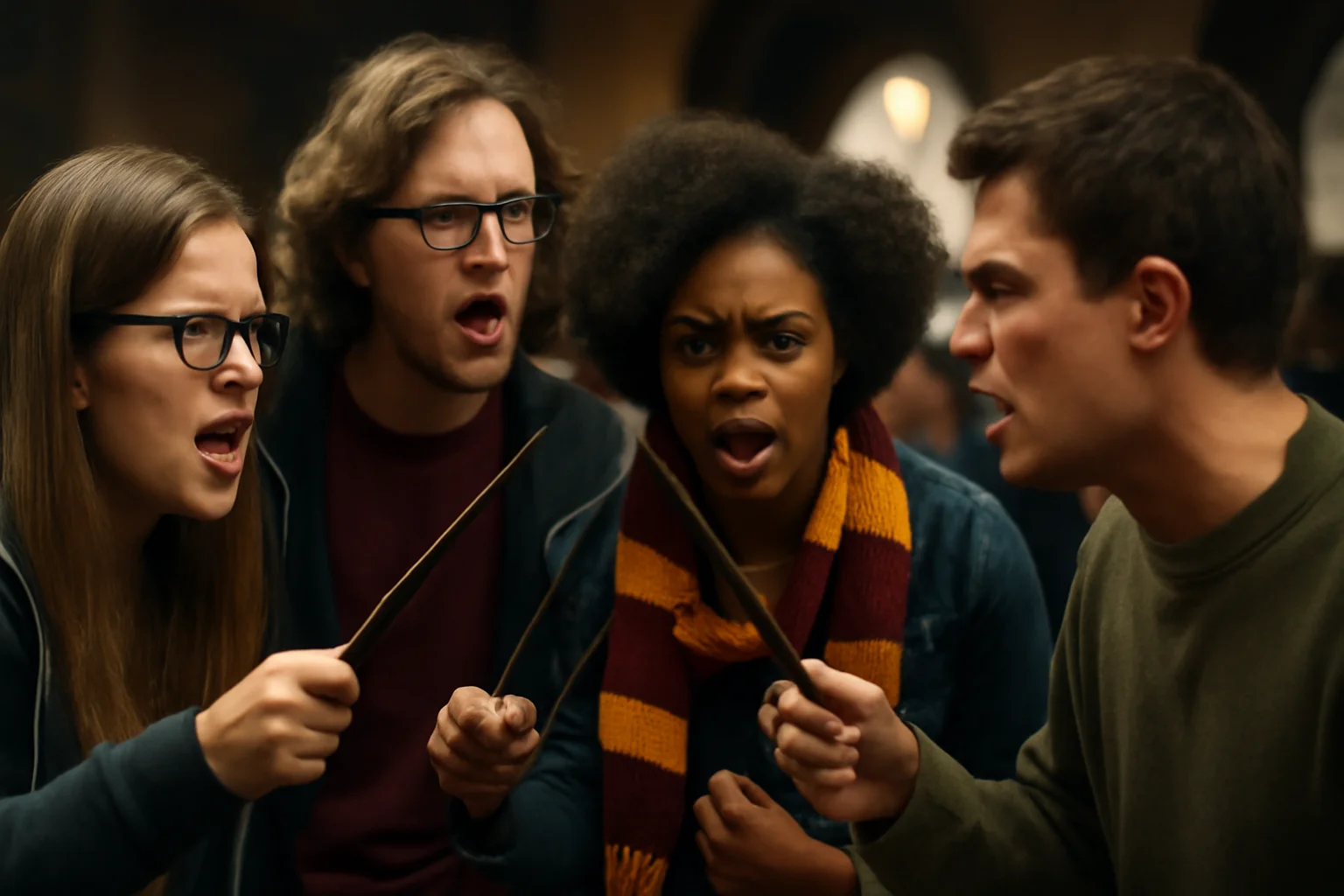
As the reboot’s details dripped into the public sphere, fandoms old and new ignited with passionate debate, speculation, and a fresh round of Hogwarts sorting quizzes.Some fans hailed the series as the answer to decades of clamoring for a “book-accurate” adaptation, eager to see overlooked characters and subplots finally given their due.Others, fiercely loyal to the original films and cast, questioned the need for a remake, expressing skepticism over new casting choices, changes in characterization, and the prospect of a ten-year commitment.Online forums and comment sections teemed with heated arguments over everything from Snape’s race to the appropriateness of a more diverse Hogwarts, with tempers flaring and alliances shifting daily.Actors cast in iconic roles faced intense scrutiny, their social media profiles dissected, and every public appearance parsed for hints about their approach to the characters.Studio executives struggled to contain leaks, spoilers, and misinformation, while also courting influencers and superfans with behind-the-scenes exclusives, merchandise drops, and interactive fan experiences.Questions loomed over the possible involvement of original stars, the faithfulness of the adaptation, and the handling of Rowling’s continued presence in the creative process.Yet amid the noise, a quieter excitement pulsed: for many, the chance to experience Harry’s world anew, through different eyes and a different lens, rekindled the hope that magic could be real again.As the countdown to 2027 ticked on, critics and defenders alike braced themselves—knowing that, as with all things Potter, the line between love and loathing could shift in a heartbeat.Whatever the outcome, the world was watching, wands ready, for the first true glimpse of the new wizarding world.
Advertisement
10. Dawn of a New Magical Era
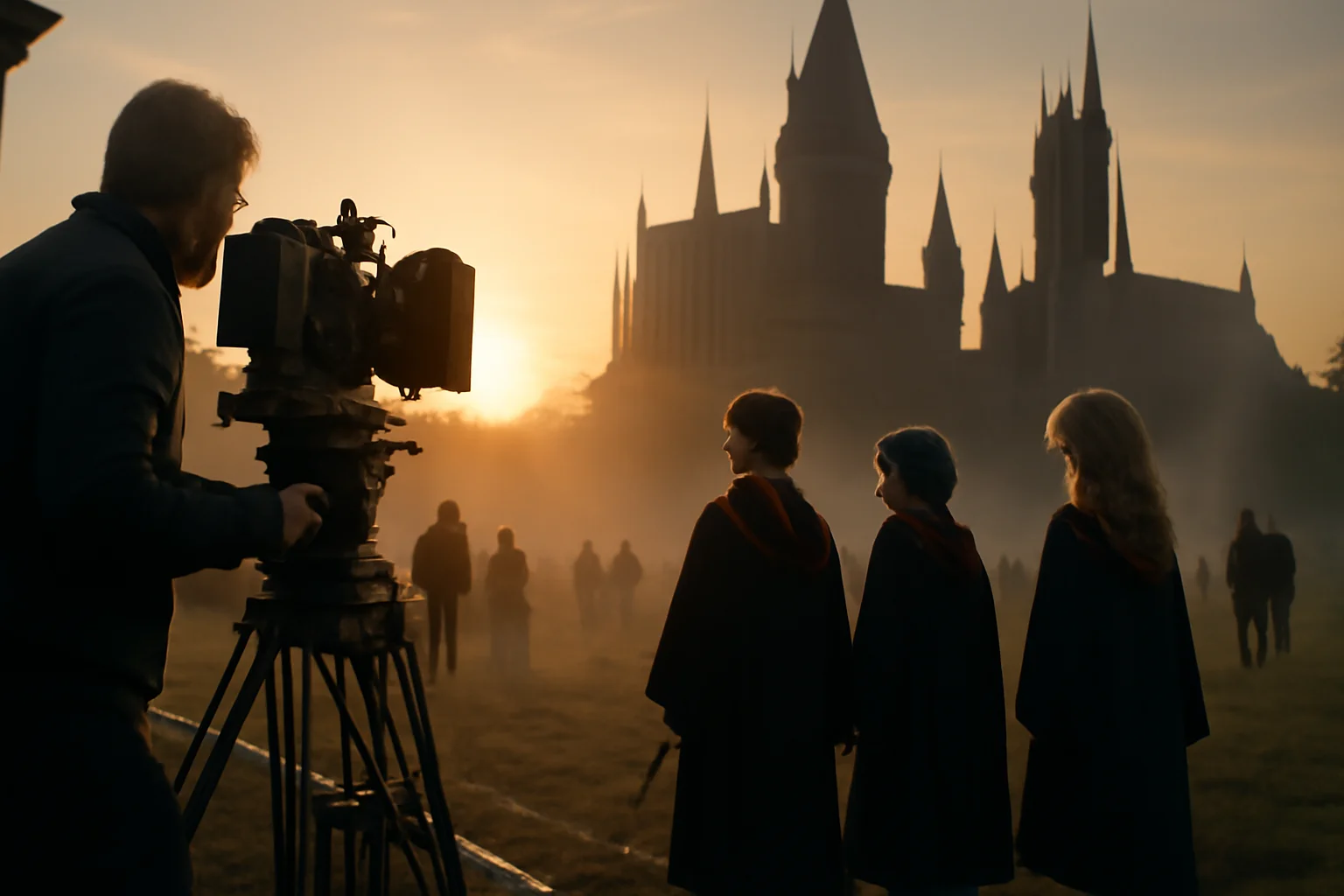
On a crisp summer morning in 2025, with cameras rolling and young actors in costume, a new chapter in the Harry Potter saga officially began—not with a thunderclap, but with the quiet resolve of hundreds of cast, crew, and creative visionaries.Production was slated to stretch into the next decade, with each season charting a year in Harry’s life and every department—costume, visual effects, set design—tasked with outdoing the standards set by the legendary films.By the time the first episodes aired in 2027, audiences would have waited more than a decade since the last major Potter release, making this return both a reunion and a reinvention.The project’s long gestation allowed for careful calibration: child actors would grow into their roles, storylines could adapt to new discoveries, and technology would evolve to realize the wildest corners of Rowling’s imagination.Yet the true test would come not in ratings or reviews, but in the hearts of a global audience now more divided, critical, and connected than ever before.The new Hogwarts was more than a set—it was a crucible for a generation of performers, a test case for responsible child stardom, and a proving ground for the future of blockbuster storytelling.As dawn broke on the Leavesden lot, the spell was cast: for the next ten years, the world would once again gather in living rooms, theaters, and schoolyards to ask the question that defined an era.Could lightning strike twice, or would the magic of Harry Potter prove impossible to replicate?With wands raised, hearts open, and eyes on the horizon, the greatest story in children’s literature was about to be reborn—one page, one episode, one enchanted year at a time.
Advertisement
Advertisement
You May Also Like

